Imagine yourself poised like a celestial dancer, one leg gracefully extended behind you, arms reaching towards the sky, embodying the very essence of balance and strength. This is the magic of Natarajasana, the King of Yoga Poses, named after the Hindu god of dance, Nataraja.
Beyond its breathtaking beauty, Natarajasana offers a multitude of benefits, from enhancing flexibility and core strength to unlocking deeper levels of focus and self-awareness. Whether you’re a seasoned yogi seeking to refine your practice or a curious beginner drawn to its elegant allure, this pose promises a journey of transformation.
In this comprehensive guide, we’ll demystify the seemingly complex steps of Natarajasana, breaking it down into simple, easy-to-follow instructions. We’ll explore key alignment cues and modifications to ensure a safe and fulfilling practice, tailored to your individual needs.
What is Natarajasana?
Natarajasana, also known as Dancer Pose, Lord of the Dance Pose, or King Dancer Pose, is a majestic standing yoga pose that challenges your balance, flexibility, and strength. Named after the Hindu god of dance, Nataraja, this pose embodies grace and power, demanding precise alignment and meticulous execution.
Unveiling the Technical Benefits of Natarajasana
Strength and Flexibility
- Deepen Your Stretches: Natarajasana challenges your hamstrings, quadriceps, hips, and shoulders, unlocking deeper flexibility and improving range of motion in key muscle groups.
- Build Muscular Strength: Engaging multiple muscle groups throughout your body, from your legs and core to your back and shoulders, Natarajasana builds strength and improves overall muscular endurance.
Balance and Coordination
- Sharpen Your Balance: Standing on one leg with an extended leg demands precise balance and coordination, enhancing proprioception and improving stability both on and off the mat.
- Boost Coordination: Balancing, reaching, and engaging multiple muscle groups simultaneously in Natarajasana improves your body’s ability to move with coordinated control.
Mind and Body Connection
- Enhance Focus and Concentration: Holding this demanding pose requires focused attention, sharpening your mind and improving your ability to concentrate in other aspects of life.
- Boost Confidence: Mastering Natarajasana, a challenging pose, can be a rewarding experience, building confidence and self-awareness as you witness your own progress.
Additional Benefits
- Increased Lung Capacity: The backbend component of Natarajasana can help open your chest and improve lung capacity, leading to deeper and more efficient breathing.
- Stress Reduction: The focus and mindfulness involved in the pose can help calm the mind and reduce stress levels.
- Improved Posture: Maintaining proper alignment in Natarajasana can translate to better posture in everyday life.
Preparing Body and Mind for Natarajasana
Warm-up and Stretch
Think of your warm-up as a backstage rehearsal, prepping your muscles for the main act. Begin with gentle movements like sun salutations or light cardio to increase blood flow and loosen major muscle groups. Focus on dynamic stretches for your hamstrings, quadriceps, hips, and shoulders, as these areas will be heavily engaged in Natarajasana.
Targeted Stretches
- Hamstring Stretch: Sit on the floor with both legs extended. Lean forward from your hips, reaching towards your toes without rounding your back. Hold for 20-30 seconds.
- Quadriceps Stretch: Kneel on one knee with the other leg extended in front of you. Lean forward, pressing your chest towards your thigh until you feel a gentle stretch in the front of your extended leg. Hold for 20-30 seconds and repeat on the other side.
- Hip Flexor Stretch: Kneel on one knee with the other leg bent at a 90-degree angle in front of you. Push your hips forward, engaging your core and keeping your back straight. Hold for 20-30 seconds and repeat on the other side.
- Shoulder Roll: Gently roll your shoulders forward and backward in small circles, loosening up the joint and surrounding muscles. Repeat 5-10 times in each direction.
Mindful Presence
Natarajasana is as much a mental journey as it is a physical one. Cultivate a sense of calm and focus before entering the pose. Take a few deep breaths, allowing your mind to settle and your attention to shift inwards.
Finding Your Ground
Choose a stable, non-slip surface to practice on, providing a secure foundation for balance. A yoga mat offers good grip and cushioning.
Listen to Your Body
Respect your limitations and be mindful of any pre-existing injuries. Modify the warm-up and stretches as needed to ensure a comfortable and safe experience.
A Step-by-Step Guide to Mastering Natarajasana
- Begin in Mountain Pose (Tadasana):
- Stand tall with your feet hip-width apart, ground your weight evenly, and engage your core.
- Lengthen your spine, reach the crown of your head towards the ceiling, and maintain a steady gaze.
- Shift Weight and Bend Knee:
- Gently shift your weight onto your left leg and bend your right knee, bringing your heel towards your right buttock.
- Keep your right foot flexed and maintain a long spine and steady gaze.
- Extend Right Leg Back:
- Inhale and slowly extend your right leg back, keeping your hips square and your torso upright.
- Engage your core and quadriceps to stabilize the pose and prevent hyperextension in your knee.
- Reach Forward with Left Arm:
- Simultaneously, extend your left arm forward, parallel to the ground, with your palm facing down.
- Keep your shoulders relaxed and maintain a steady focus to avoid rounding your spine.
- Find Your Balance:
- Engage your left foot firmly into the mat and adjust your body position to find a sense of equilibrium.
- Reach your right hand back and grasp your ankle or foot for support.
Key Alignment Cues for Natarajasana
- Grounding Yourself:
- Root Down: Press your left foot firmly into the ground, ensuring even weight distribution throughout your foot. Imagine your toes gripping the earth, establishing a strong foundation for balance.
- Engage Your Core: Activate your abdominal muscles to stabilize your spine and prevent rounding. Think of your core as your internal corset, holding everything in place.
- Elongating and Reaching:
- Lengthen Your Spine: Stretch your spine upwards, imagining your crown reaching towards the ceiling. Maintain a straight, neutral spine, avoiding any hunching or arching.
- Open Your Chest: Draw your chest slightly forward and upwards, creating space for your breath and preventing rounding of the shoulders.
- Finding Balance:
- Firmly Grip Your Ankle/Foot: Reach back and grasp your right ankle or foot with your right hand. Alternatively, use a strap if reaching your foot is challenging.
- Engage Your Standing Leg: Keep your standing leg active, pressing your heel firmly into the ground and engaging your quadriceps to support your weight.
- Maintaining Open Shoulders:
- Relax Your Shoulders: Keep your shoulders down and away from your ears, preventing any tension or rounding. Imagine your shoulder blades gently gliding down your back.
- Elongate Your Arms: Extend your arms in line with your torso, keeping them parallel to the ground. Maintain a slight bend in the elbows for comfort and stability.
- Gaze and Focus:
- Focus Forward: Fix your gaze on a point in front of you or slightly upwards. This helps maintain balance and prevents your head from dropping forward.
Additional Cues:
- Square Hips: Keep your hips square to the mat, avoiding any twisting or tilting.
- Active Right Leg: Although extended, keep your right leg slightly engaged, avoiding hyperextension in the knee.
- Breathe Steadily: Maintain smooth and rhythmic breaths throughout the pose to supply your muscles with oxygen and stay present.
Exploring Variations and Modifications of Natarajasana
Variations for Advanced Practitioners:
- Deep Backbend Extension: From the full Natarajasana position, gently arch your back further and reach both arms overhead, intensifying the backbend challenge.
- Eka Pada Sirsasana (One-Legged Headstand): For experienced yogis, transition from Natarajasana into Eka Pada Sirsasana by lifting your extended leg upwards and balancing on your forearms.
- Ardha Chandrasana with Foot Grab: Hold Ardha Chandrasana (Half Moon Pose) with your extended leg bent and your hand grasping your foot, combining balance and backbend elements similar to Natarajasana.
Modifications for All Levels:
- Half Natarajasana: Bend your extended leg further and rest your foot on a block or chair instead of reaching it back completely. This offers support for balance and stretches the hamstrings effectively.
- Virabhadrasana III with Backbend: From Warrior III pose, gently arch your back and reach your arms overhead for a similar backbend challenge as Natarajasana but with easier balance requirements.
- Strap Support: Use a yoga strap to loop around your extended foot and grasp it with your hand, reducing the reach required and aiding in maintaining balance.
- Chair Support: Place a chair behind you and gently touch your extended hand to the back of the chair for additional support while holding the pose.
Natarajasana Tips for Beginners and Advanced Yogis
For Beginners:
- Build a Strong Foundation: Before attempting Natarajasana, ensure your core, legs, and shoulders are adequately prepared. Focus on poses like Warrior III, plank variations, and lunges to build strength and stability.
- Start Simple: Modify the pose! Use a block or chair to rest your extended foot instead of reaching back fully. Half Natarajasana with a bent knee is a great starting point for stretching hamstrings and improving balance.
- Focus on Alignment: Prioritize proper form over reaching back too far. Maintain a long spine, engaged core, and open shoulders to prevent injury and maximize benefits.
- Listen to Your Body: Don’t push yourself beyond your limits. If you feel pain, modify or come out of the pose. Remember, progress takes time and practice.
- Breathe Easy: Maintain smooth, rhythmic breaths throughout the pose. Inhale as you extend, exhale as you hold, and inhale again as you release.
For Advanced Practitioners:
- Deepen the Backbend: Once comfortable with the basic form, experiment with a deeper backbend by gently arching your back and reaching your arms overhead.
- Explore Variations: Challenge yourself with advanced variations like Eka Pada Sirsasana (One-Legged Headstand) or Ardha Chandrasana with Foot Grab, but only after mastering the foundation and under proper guidance.
- Sharpen Your Focus: Hold the pose for longer durations while maintaining steady breath and unwavering attention. Use this time to practice mindfulness and cultivate mental strength.
- Refine Your Alignment: Focus on subtle adjustments to optimize your form. Engage your gluteus maximus to stabilize your standing leg, micro-bend your elbows for comfort, and lengthen your neck to avoid rounding your shoulders.
- Listen to Your Inner Dancer: Embrace the creative spirit of Natarajasana. Experiment with different arm positions, gazes, and expressions to find your own unique flow within the pose.
Natarajasana is more than just a yoga pose; it’s a symbol of grace, power, and self-expression. By embracing the journey, enjoying the rewards, and continuing your practice with gratitude and openness, you can unlock the transformative potential of this majestic pose and dance your way to a more fulfilling and empowered life.
Hopefully, the above article of TTC has provided you with useful information. If you have any questions or concerns, please leave a comment below.
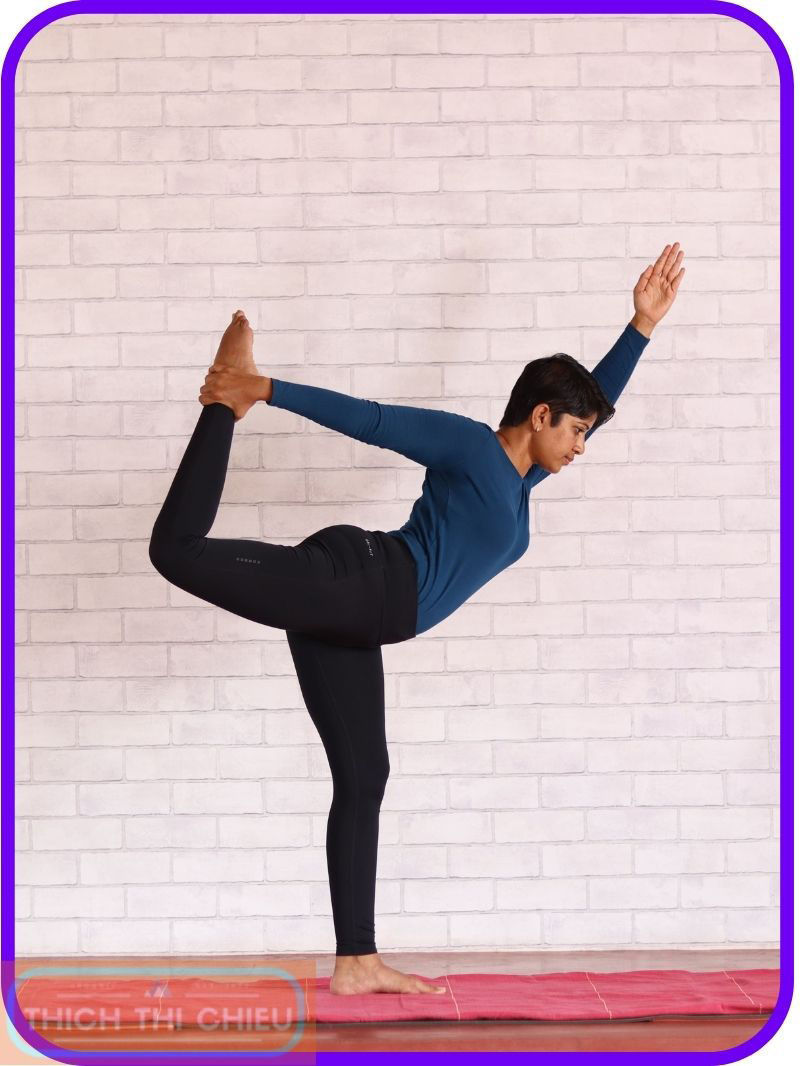
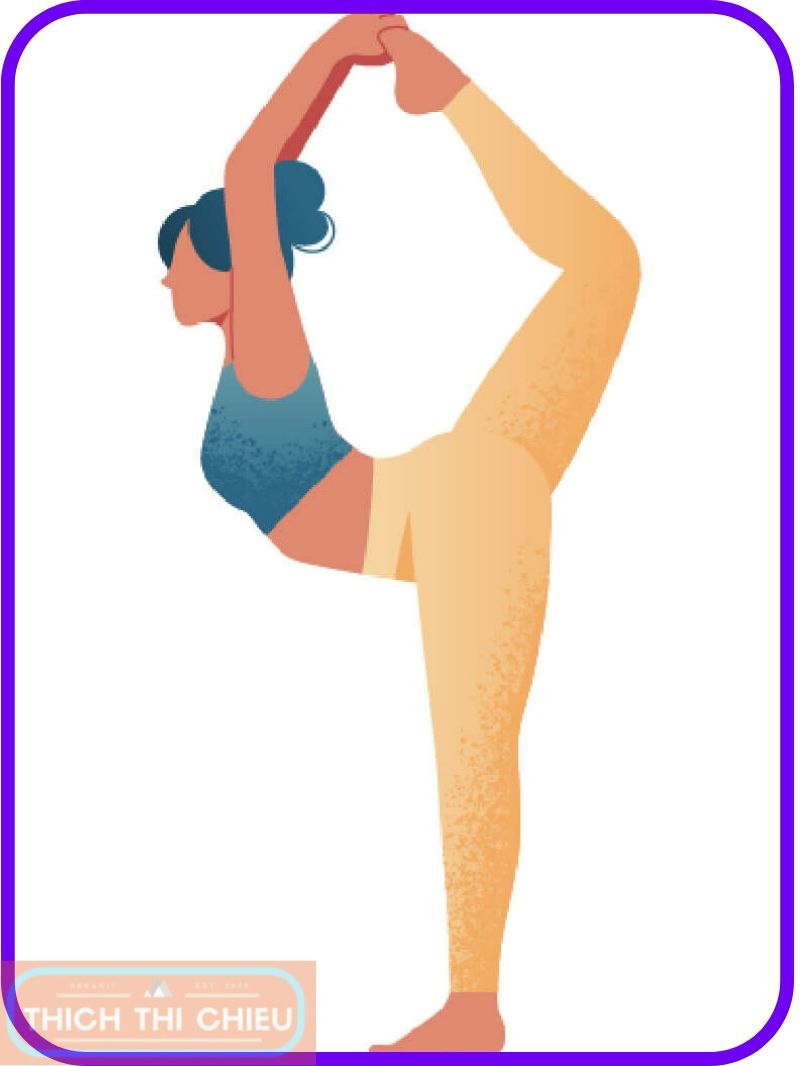
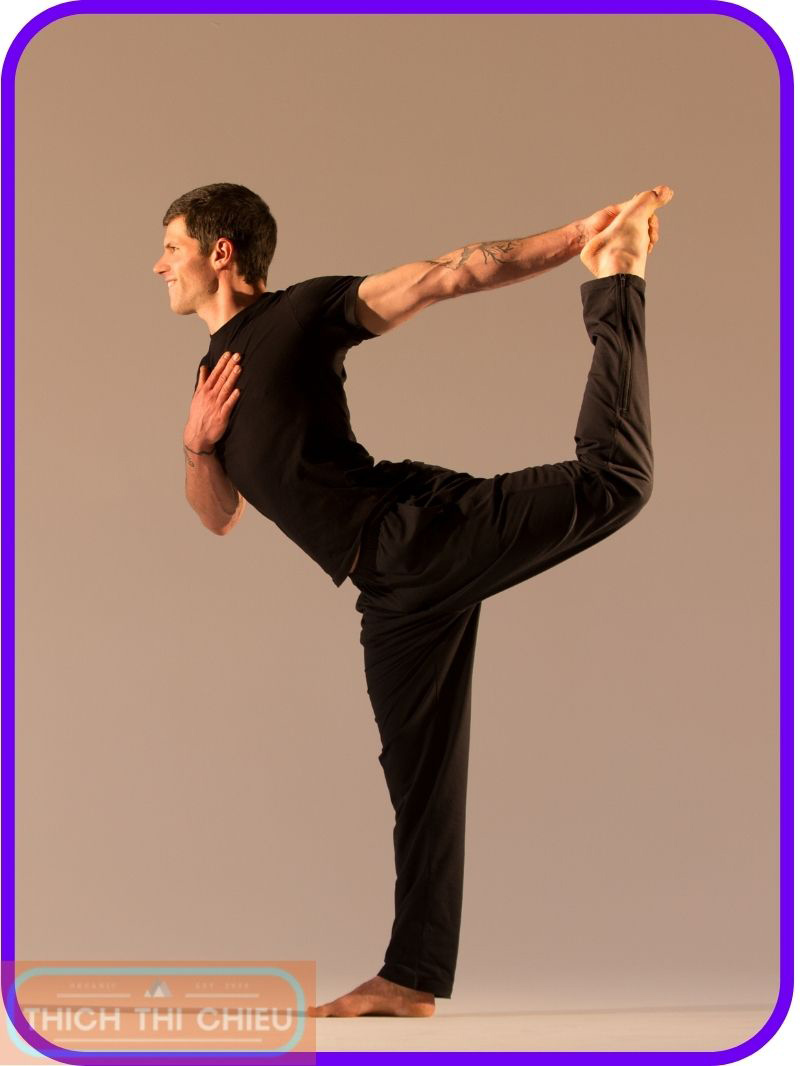
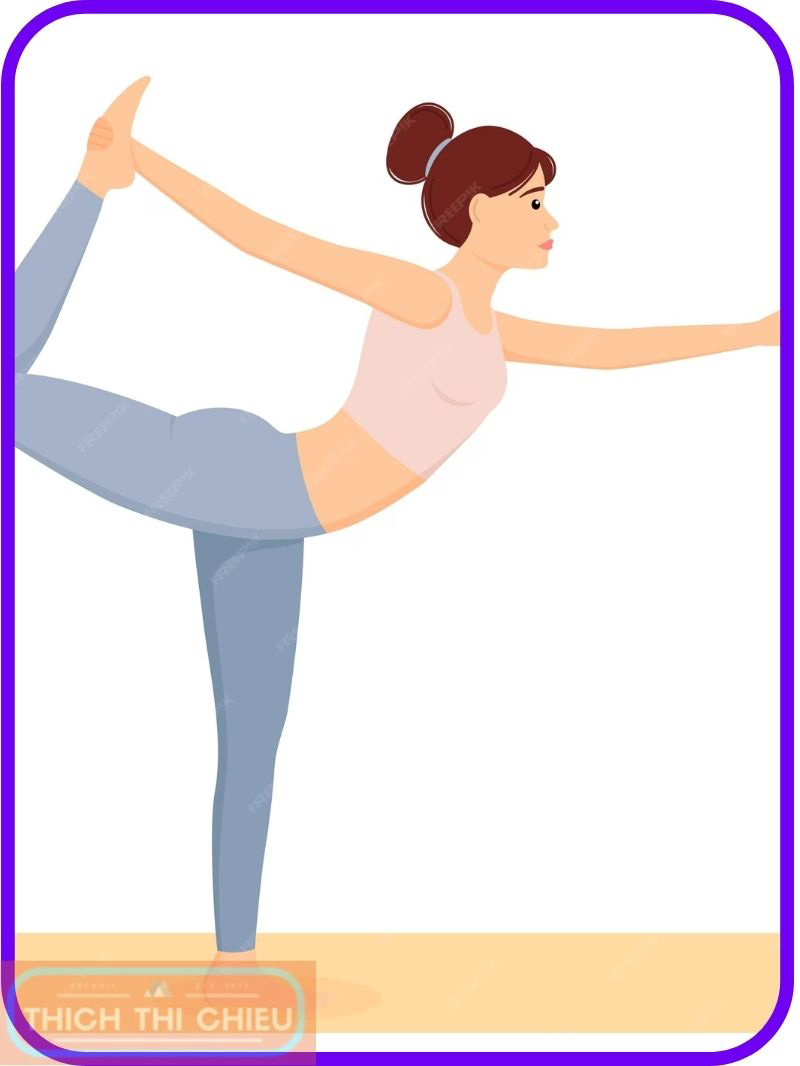
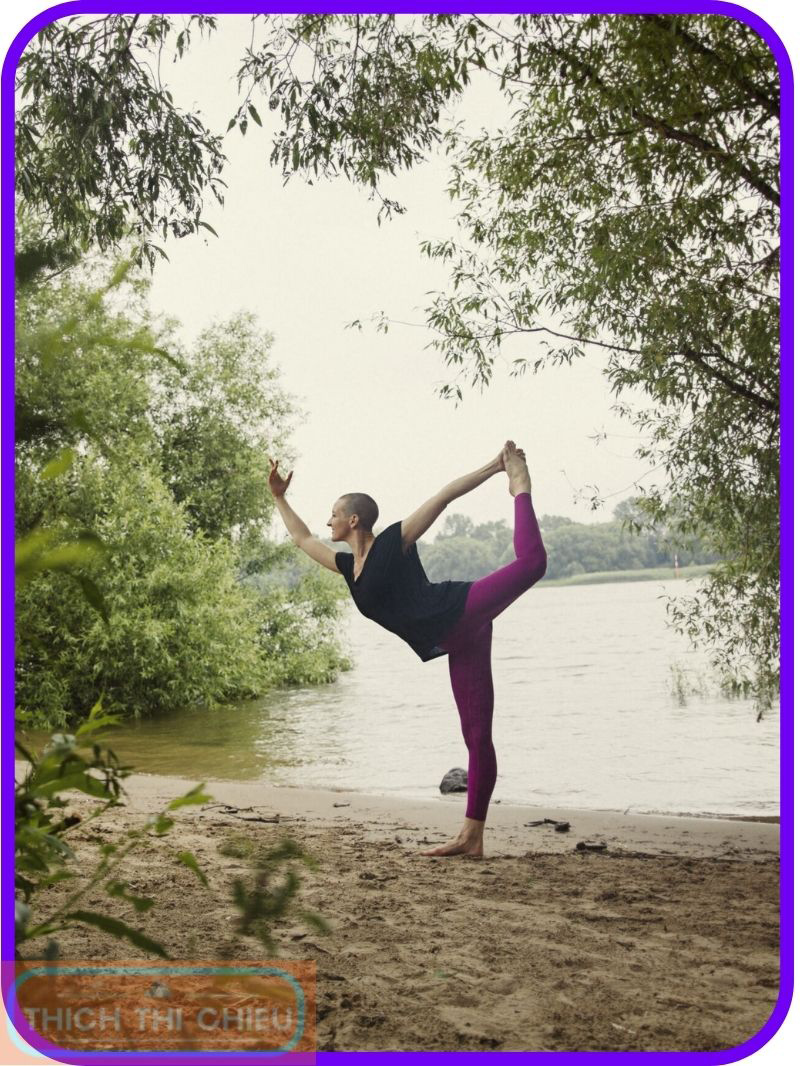
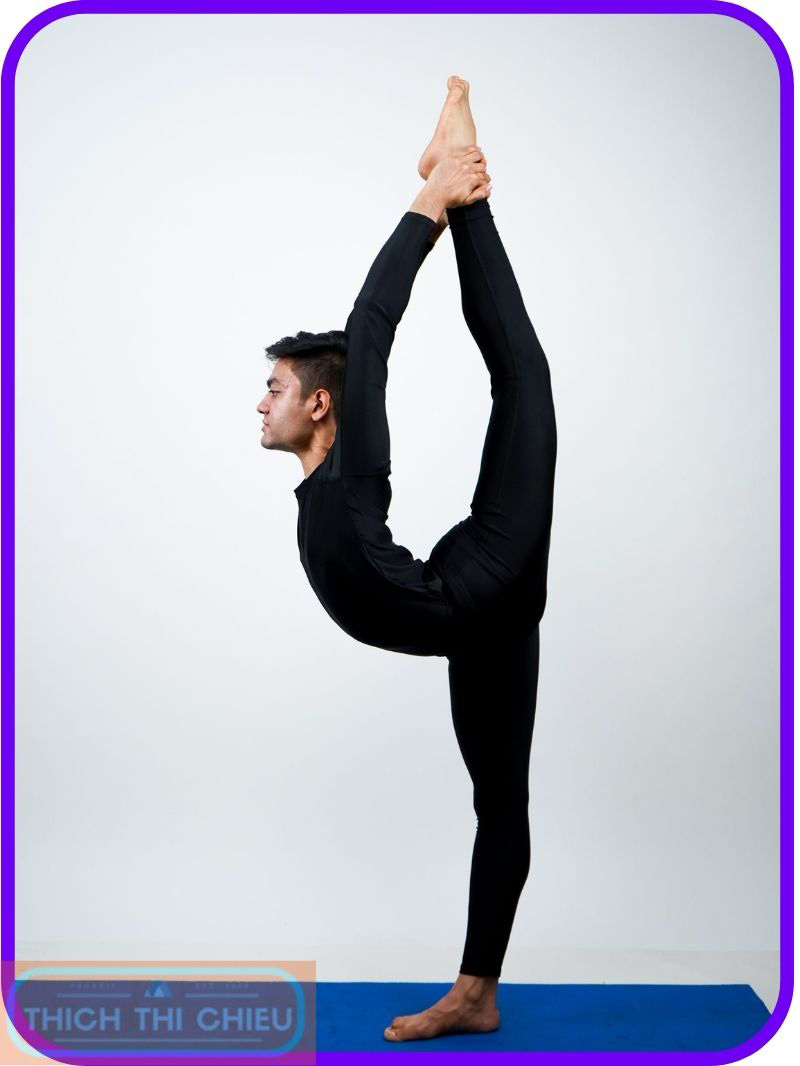
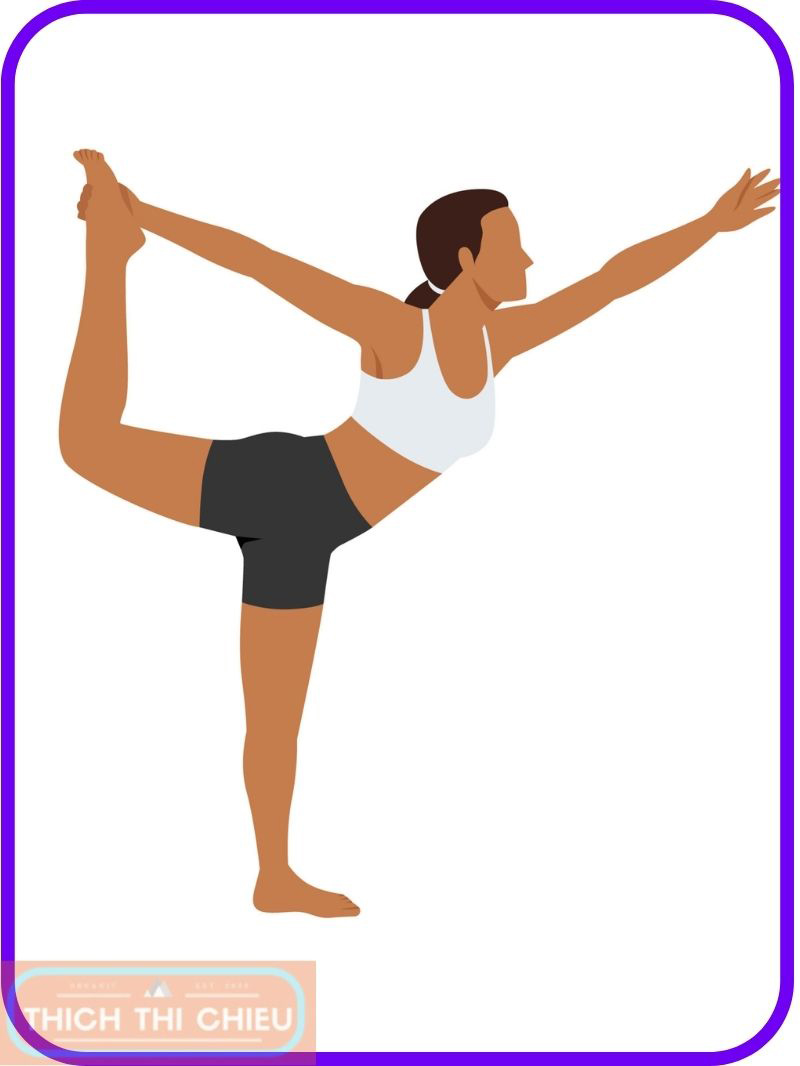





Leave a Reply